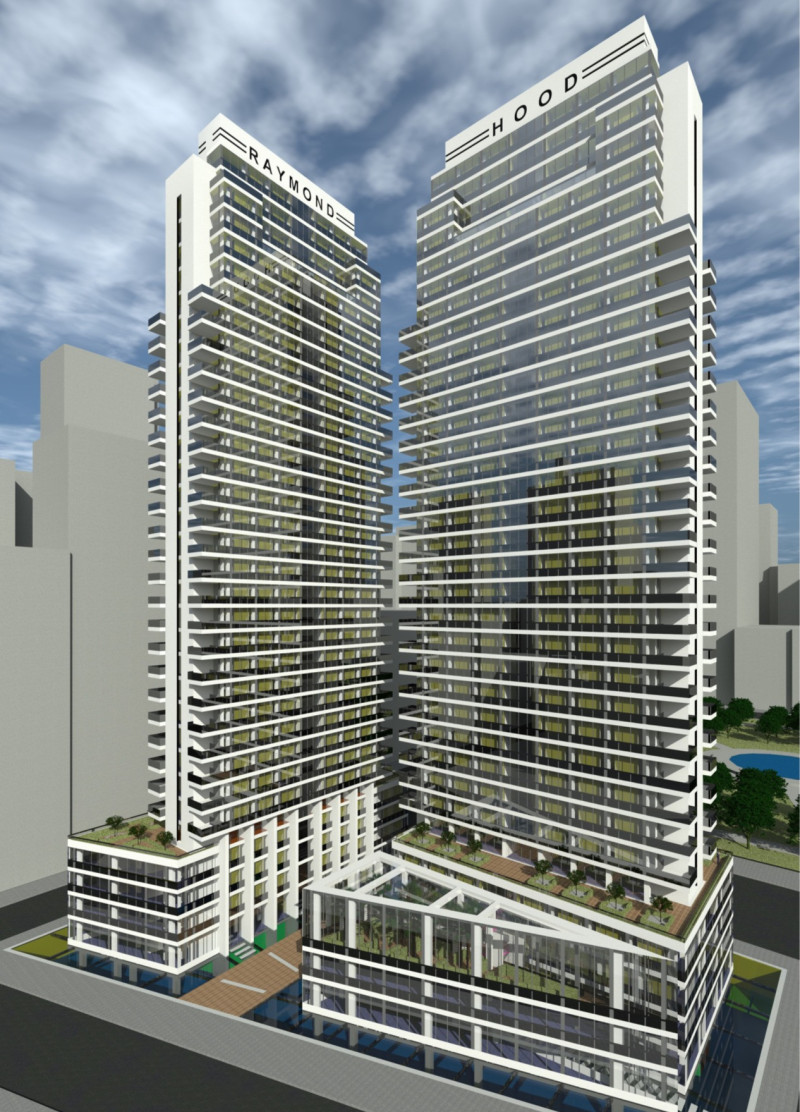5 key facts about this project
The HOOD TRIBUTE is situated at Madison Square Park in New York, right across from the Flatiron Building. It is a homage to Raymond Hood, who is known for his blend of modern and classical architectural styles. The design aims to create spaces that support community interaction while addressing the functional needs of urban living.
Floor Layout and Function
The building features a clearly defined layout that accommodates various functions. Parking is located on Floor 0, while retail activities take place on Floor 1. Floor 3 hosts office space alongside a green house, enhancing the connection to nature. Living areas are distributed across Floors 5, 6, and 30. This thoughtful arrangement allows users to move easily between different spaces and activities.
Architectural Concept
The concept embraces the idea of a "CITY IN A CITY," allowing for separate environments that coexist within the urban landscape. Green spaces play a crucial role, particularly through the inclusion of a roof garden. These areas not only improve the building's appeal but also promote biodiversity and offer residents a retreat from the bustling city.
Design Principles and Proportions
The design reflects the principles of the Golden Ratio, with proportions guided by the Fibonacci sequence. This mathematical approach helps create a visually balanced structure. The upper levels include setbacks, which reduce the building's visual weight. This design choice offers a more graceful profile against the skyline.
Structural Articulation
The design carefully considers the height and shape of the building, aiming for harmony with its historical surroundings. The use of setbacks welcomes light and air while providing interest to the façade. Each element of the design contributes to a cohesive appearance, reflecting Hood's enduring influence in a contemporary context.
The layout combines function with aesthetic appeal. The thoughtful placement of green spaces and setbacks reinforces the building's connection to its urban environment.



















































